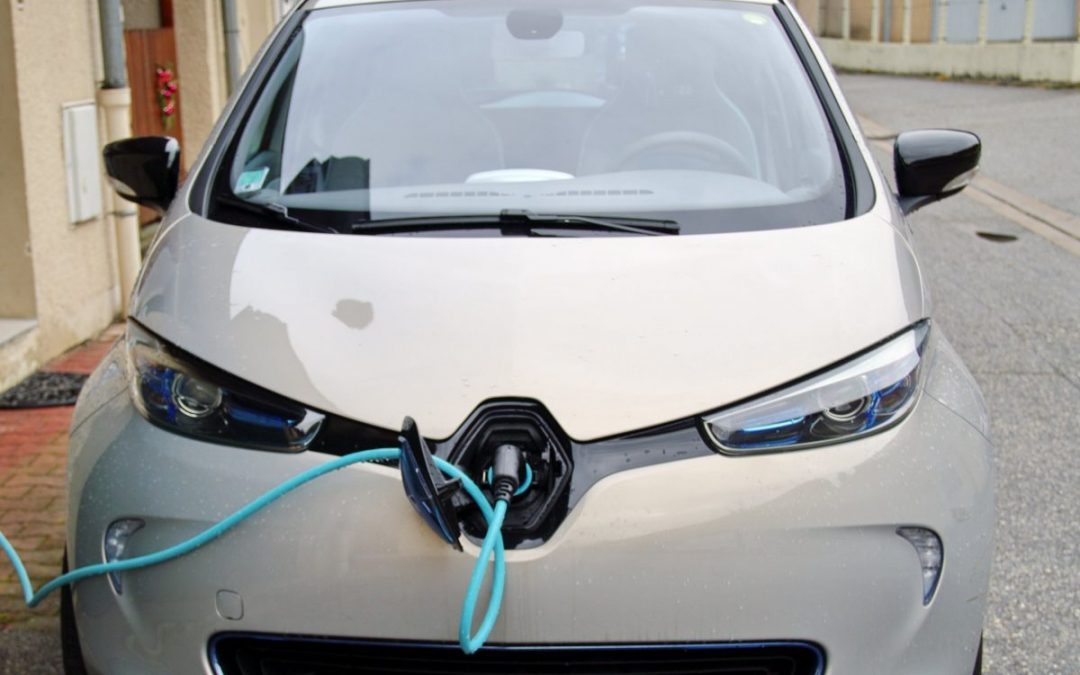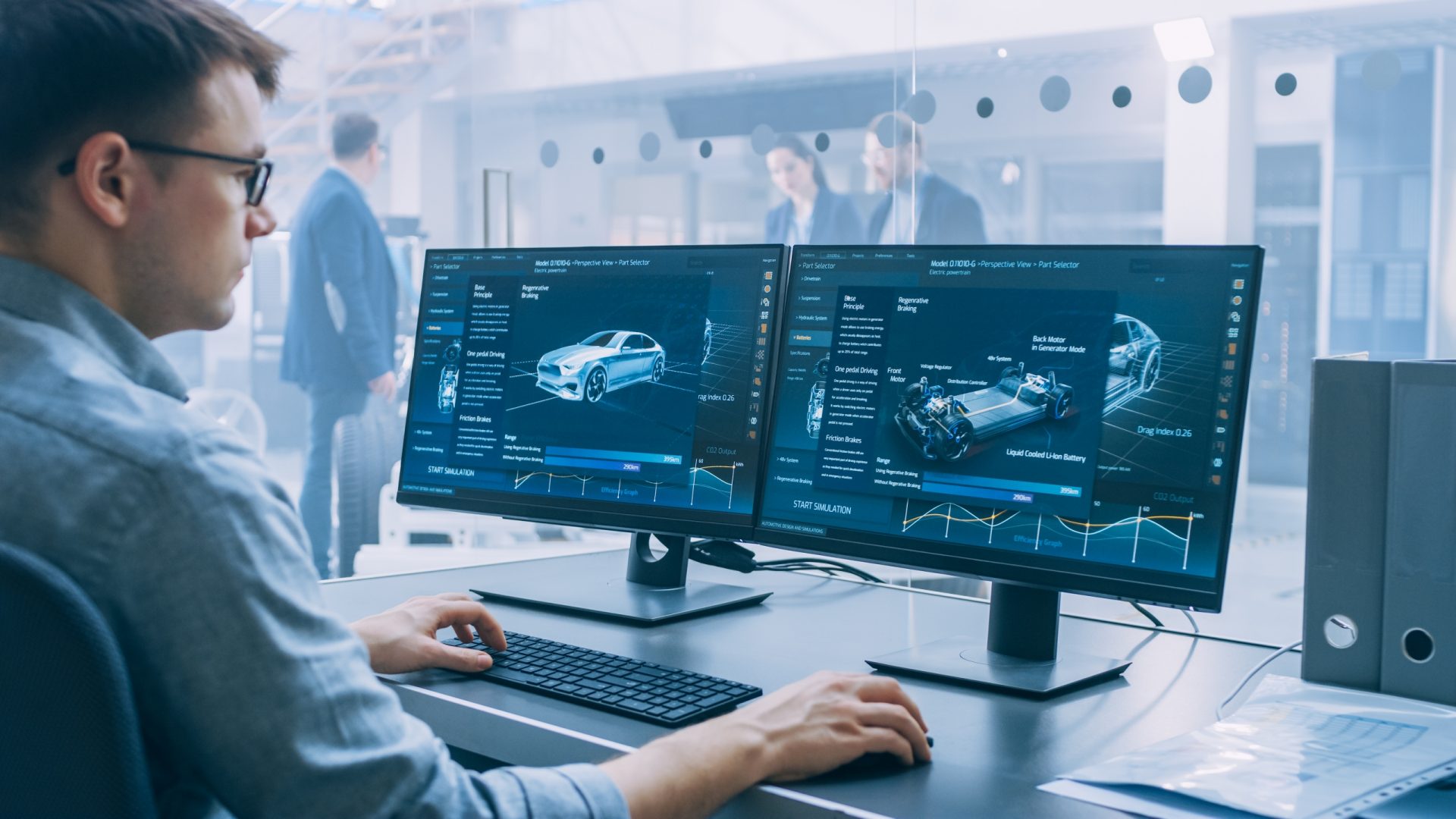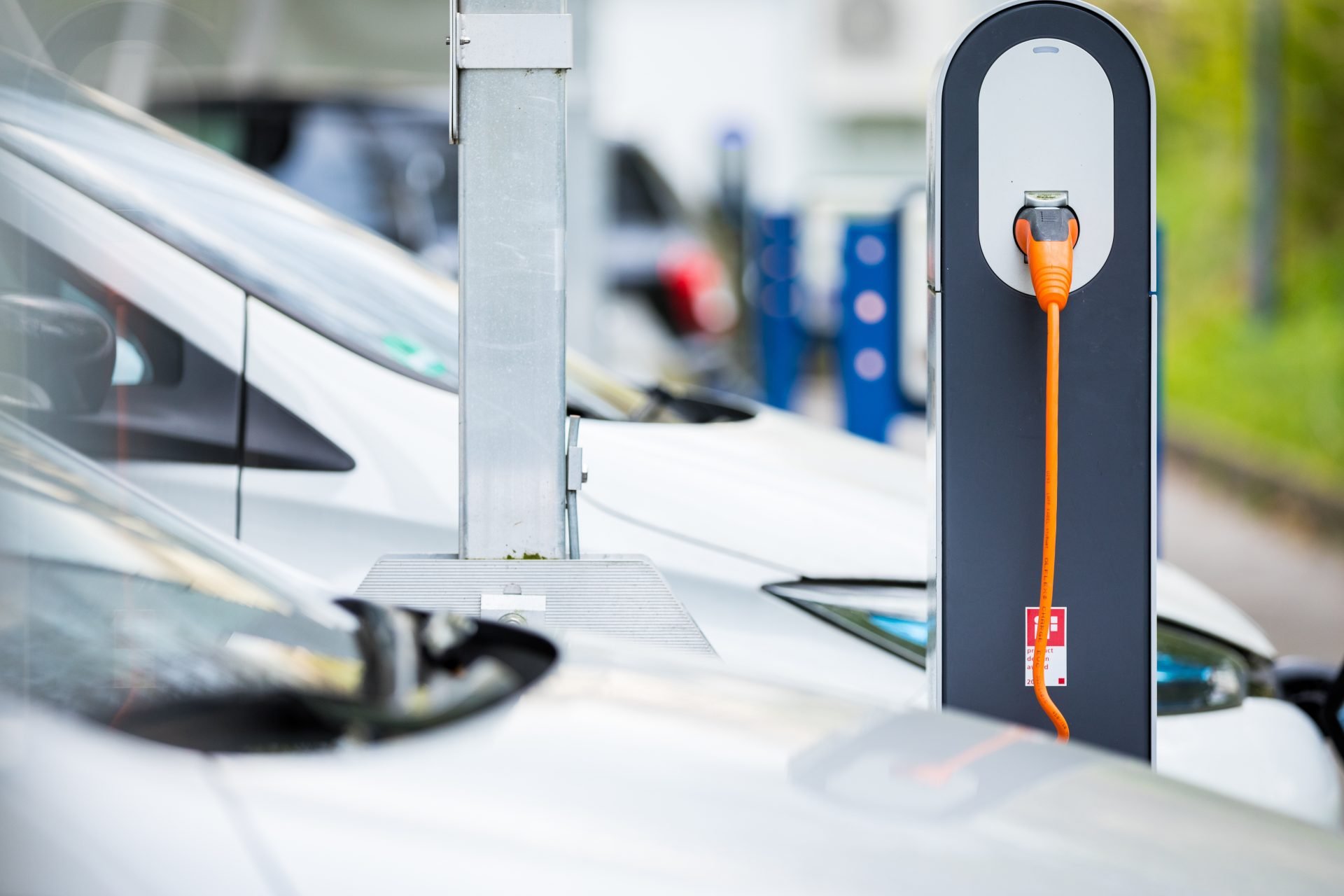What exactly is electromobility or “e-mobility”?
The definition is quite simple: Electromobility or e-mobility refers to vehicles or means of transport that rely either entirely or at least partially on an electric drive. It is a well-known technology on which the trend is based: The first known German electric car was the so-called “Flocken Elektrowagen”, manufactured by the company A. Flocken in Coburg in 1888. Initially, however, electromobility was only able to establish itself nationwide in rail-bound rail traffic: streetcars with the corresponding overhead lines have long been part of the cityscape of many metropolises. What is new is the mega-trend towards electrically driven bicycles, cars, commercial vehicles and scooters that has been observed for some years now. Many experts predict that individual mobility will in future be less dependent on one’s own vehicle; rather, new, combinable mobility concepts will prevail, especially in urban areas, to meet demand: Hybrid or electric buses, rail, car sharing and pedelecs.
The mobility of the future is electric
The spectrum of e-mobility ranges from all-electric vehicles to so-called hybrids, whose drive is partly electric. All these solutions have one thing in common: they are efficient and quiet in operation and emit no or considerably less pollutants and CO2 (carbon dioxide) than comparable vehicles with combustion engines. According to the Emob law, e-vehicles include all vehicles with a maximum CO2 emission of 50 g per kilometer or with a minimum range of 30 km in purely electric operation. In times of global climate discussions and increasing environmental awareness, electric mobility has become a mega-trend. According to the German government’s climate protection program 2030, which will not be passed until 2019, “The 2020s will be the decade of consistent implementation of the energy and mobility turnaround. The accelerated implementation of electric mobility will play a key role in this context.
Electric mobility as a challenge for all
The targets set in the context of the energy and mobility turnaround represent a major challenge for all those involved: the automotive industry, suppliers, the energy industry, users – there is a new way of thinking on all sides. In addition to the benefits mentioned above, the topic of electromobility also brings with it efforts and changes:
The automotive industry and its suppliers are reorganizing their previous production and delivery processes.
The production of powerful batteries with a longer range is becoming one of the most important factors for success.
Electricity consumption will rise enormously with increasing electromobility.
The federal government, cities and local authorities must adapt their infrastructure: efficient, nationwide charging facilities for electrically powered vehicles are the most important challenge for the implementation of the envisaged goals and for the acceptance of the technology by users.
Consequences of the mobility turnaround – What changes will electric mobility bring
The conditions for electromobility are good: the federal and state governments are pursuing the goal of reducing emissions, while consumers are more willing to choose environmentally friendly drive systems.
Creation of a charging infrastructure as a necessity
If electromobility is to establish itself on a broad scale as the new type of mobility, one basic prerequisite will play the most important role: the creation of a nationwide, demand-oriented charging infrastructure. Electromobility will change our living spaces. The developments are already clearly visible in many places with the emergence of charging points and special parking spaces. Fast, efficient battery charging will develop into a unique selling point and play an important role in places that are at the center of global and regional mobility: at airports and train stations as well as in shopping malls, homes and workplaces.
This claim now rests on solid, legally anchored pillars: As early as May 18, 2016, the Federal Cabinet adopted a market incentive program to promote electromobility. An important aspect of this program is to promote the development of a charging infrastructure for electric vehicles. Against this background, the establishment of a publicly accessible charging infrastructure has been supported since the beginning of 2017 by means of a pro-rata financing of the investment costs. The aim of this program is to set up at least 15,000 stations for rapid and standard charging. To this end, the German government is investing over 300 million euros in promoting private investors and supporting cities and municipalities up to the end of 2020.
New business fields are streaming into the market
You don’t have to be a clairvoyant to recognize the accompanying business potential that many companies see in electric mobility: New business fields are emerging in various sectors of the economy around the charging infrastructure for manufacturers of charging columns, charging cards, charging boxes, all-in-one solutions and much more. For example, the German company Bosch, one of the largest global automotive suppliers, sees the future of mobility as “automated, networked and electrified”. Many companies in the automotive industry are taking up this technological challenge and are transforming themselves into providers of mobility solutions for all aspects of electromobility. One of the items on Bosch’s agenda is the nationwide networking of charging stations from a wide range of suppliers. In this way, a customer card is all that is needed to be able to charge up his electric vehicle anywhere.
According to a study by the consulting firm Deloitte, three groups of companies in particular will benefit from supplementing or expanding the existing business model:
- Energy supply companies and infrastructure operators, such as municipal utilities and network operators
- Mobility companies such as automobile manufacturers and suppliers, fleet managers and transport companies
- Consumer, service and real estate industry such as shopping centers, parking garages, supermarkets, hotels and restaurants
In addition to the classic provision of the charging infrastructure and the sale of electricity, further services such as the provision of electric rental cars, e.g. from Sixt, additional value-added services and cross-selling/marketing bundle offers are also conceivable. The actual economic success of electromobility will largely determine the future success of these business areas.
Networking, parking and charging as new core competencies
Sharing and networked mobility will also provide new business models and fundamentally change the way we move as a core competence. Car sharing and ride-sharing services such as MOIA, as well as service offerings based on networking, are just a few of the points that are moving into the general focus. According to management consultants PWC, the business potential in this area is enormous: By 2025, more than 470 million networked vehicles will be on the move globally, and by the end of 2022, the market volume for mobility and digital services is expected to be around 140 billion euros.
The charging and parking behavior of the users will also change considerably compared to the familiar way of refuelling – because parking itself will become an efficient charging time that is included in the daily routine. Charging is done both at home and away, different charging costs create a new competitive situation for the providers. The existing charging infrastructure is playing an increasingly important role, especially for public and company parking lots. In the future, more and more people will park where they can also charge, both in private and public spaces. Companies like ParkHere and Inno2grid are addressing precisely these challenges and developing innovative solutions for efficient parking space management with digital booking solutions.
Parking & Charging – the symbiosis of the (electro-)mobile future
As a conclusion can be noted: The rapidly growing electric mobility will bring about changes in many areas. In addition to new areas of business and a changed cityscape, it will not only change our driving behavior, but also the general management of parking spaces. The symbiosis of parking and charging will play an important role in the near future, which can have a decisive influence on a smooth traffic flow and the satisfaction of users, visitors and employees. After all, for more and more people “looking for a parking space” means “looking for a parking space with an integrated charging station”. In this way, the availability of combined parking and charging areas is gradually becoming a USP for employers, cities and municipalities.


